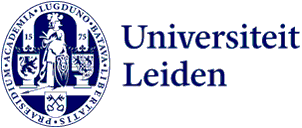
Acquisition of early African photographs by explorer and photography pioneer Alexine Tinne
Over 160 years ago, the Hague-based photography pioneer and traveler Alexine Tinne (1835-1869) captured current South Sudan and its inhabitants on film. These photographs represent some of the earliest images taken in the heart of the African continent.
In 1862, Tinne embarked on a boat journey along the Nile in search of the river's sources. The photographs she took in the village of Gondokoro were discovered in 2021. They depict everyday scenes in a world that was then unfamiliar to Western eyes. This unique series of eighteen African photographs could be acquired for the rich collection of historical photography present at Leiden University Libraries (UBL), with support from Vereniging Rembrandt's Thematic Fund for Photography and Video, and VriendenLoterij Acquisition Fund, Mondriaan Fonds, Hendrik Muller Fonds, and the Friends of UB Leiden.

Alexine Tinne
Alexandrine, or simply Alexine Tinne, was the only child of immensely wealthy parents in The Hague, who had amassed their fortune through West Indian sugar plantations. She found her upbringing in The Hague stifling, and while studying travel books and atlases in the Dutch National Library, she dreamed of distant lands. The blank spaces on the maps intrigued the adventurous young woman, who would eventually choose a life of travel over high society.
After her father's death, nothing stood in the way of the wealthy Alexine's travels. Together with her mother, she first traveled through Europe, before departing for Egypt in 1855. For over two years, mother and daughter stayed in the Middle East, visiting places like Lebanon, Syria, and Palestine. Upon their return to The Hague, they made several smaller trips to England, Germany, and Russia, but Africa beckoned.

The Sources of the Nile
In 1861, Tinne, accompanied by her mother and aunt, set out for Egypt again. From Cairo, she planned an expedition to the sources of the Nile. With various ships laden with crates of household goods and a small army of enslaved servants and porters, the group departed Cairo. After traveling over 3,600 kilometers along the river, they approached the source of the Nile in 1862, coming within about six hundred kilometers. Alexine and her mother set up camp in Gondokoro, where they were warmly received. This is when Alexine took the now-acquired photos of the village and its inhabitants.
Photography, a recent invention around 1860, was still in its infancy. Taking photographs was far from simple. It required large glass plates for the negatives, which were exposed in heavy wooden cameras. These glass plates had to be processed on-site with liquid chemicals and developed and fixed immediately after exposure in an improvised darkroom.
-
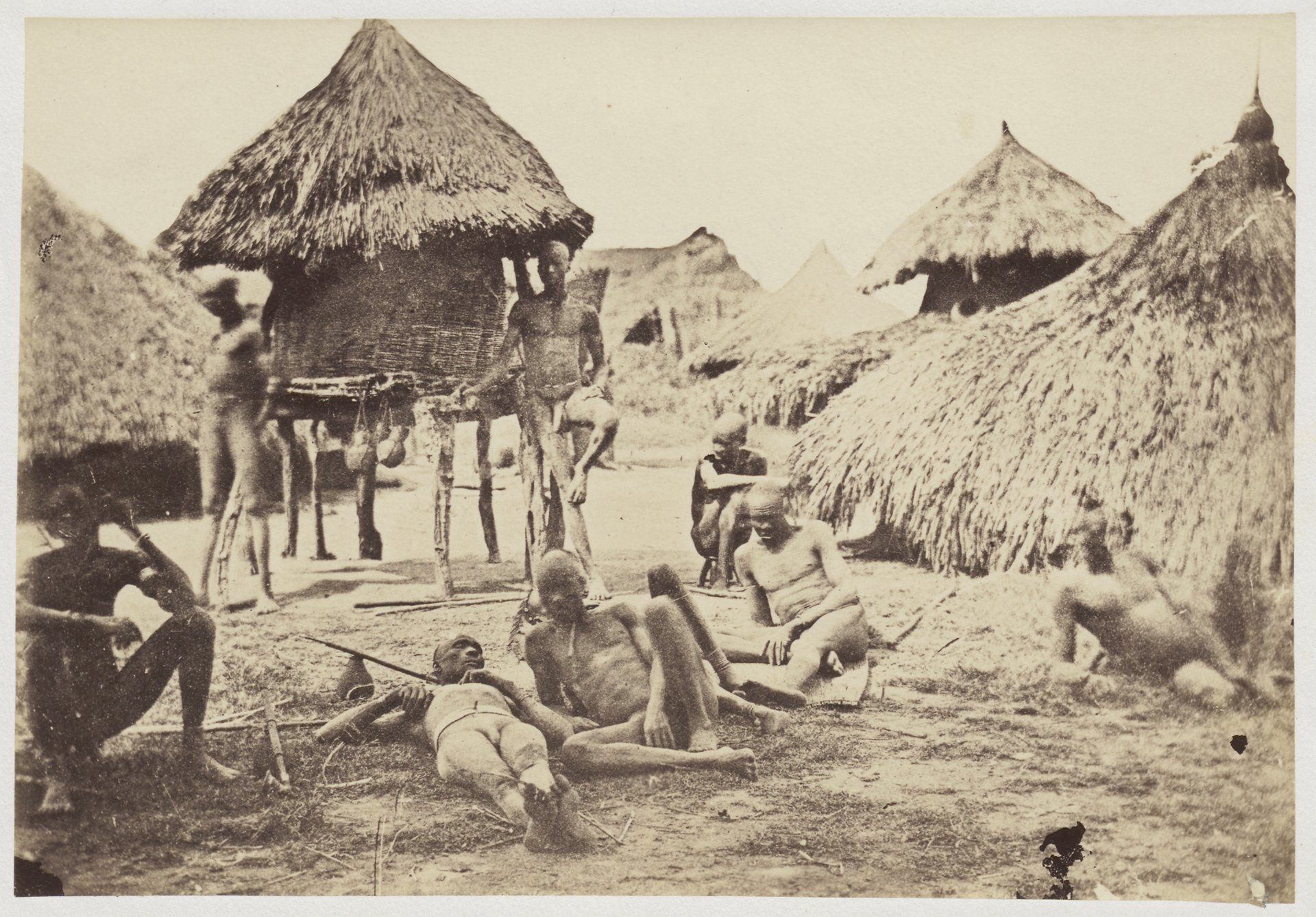
Alexine Tinne, View of Gondokoro village with inhabitants, in current-day South Sudan, 1862, albumine print on paper, 12,2 x 17,8 cm, collection Leiden University Libraries, PK-F-2024-0003. -
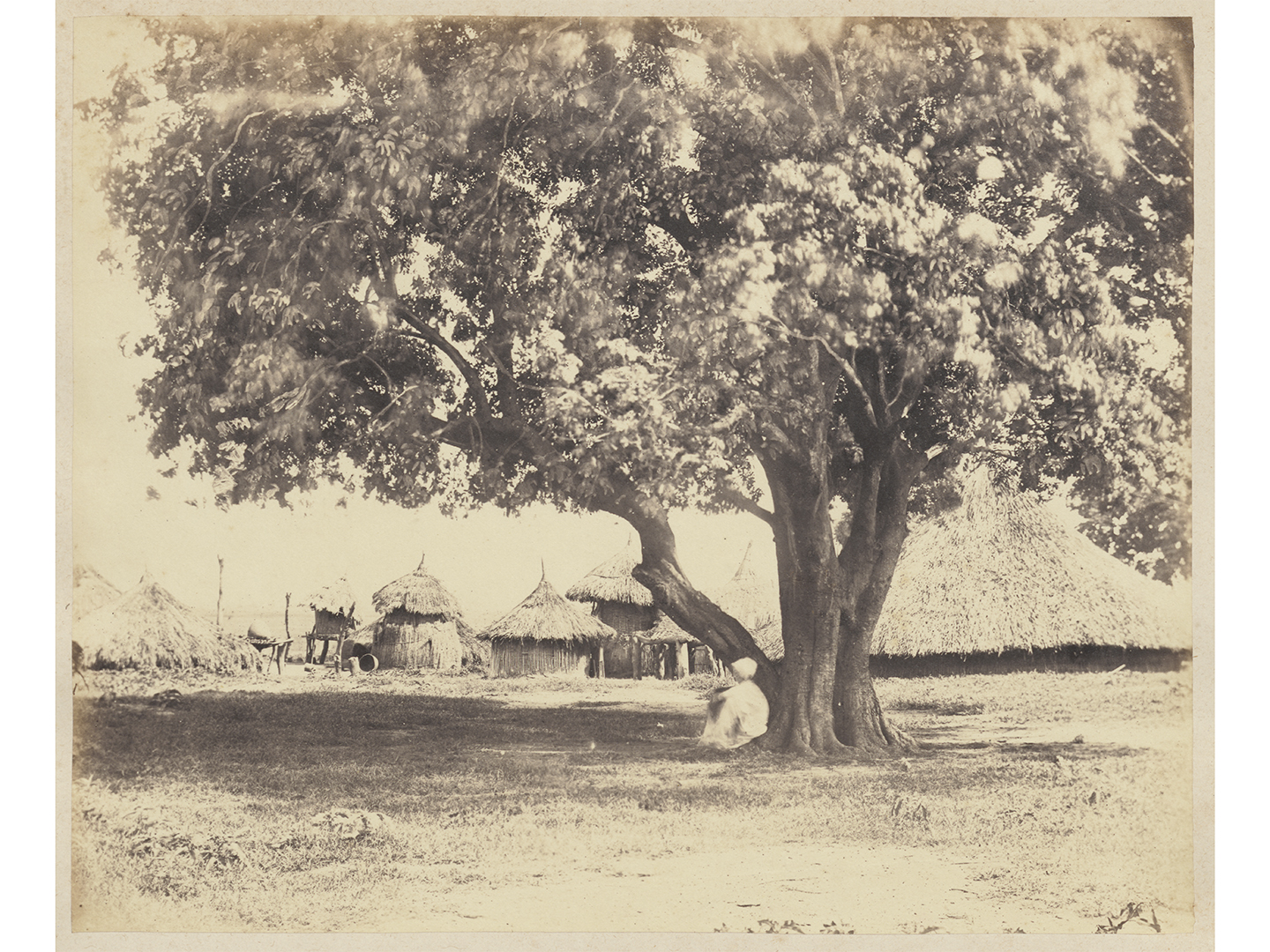
Alexine Tinne, Resting figure under a tree, nearby huts of the Gondokoro village, 1862, albumine print on paper, 18,7 x 22,8 cm, collection Leiden University Libraries, PK-F-2024-0002a. -
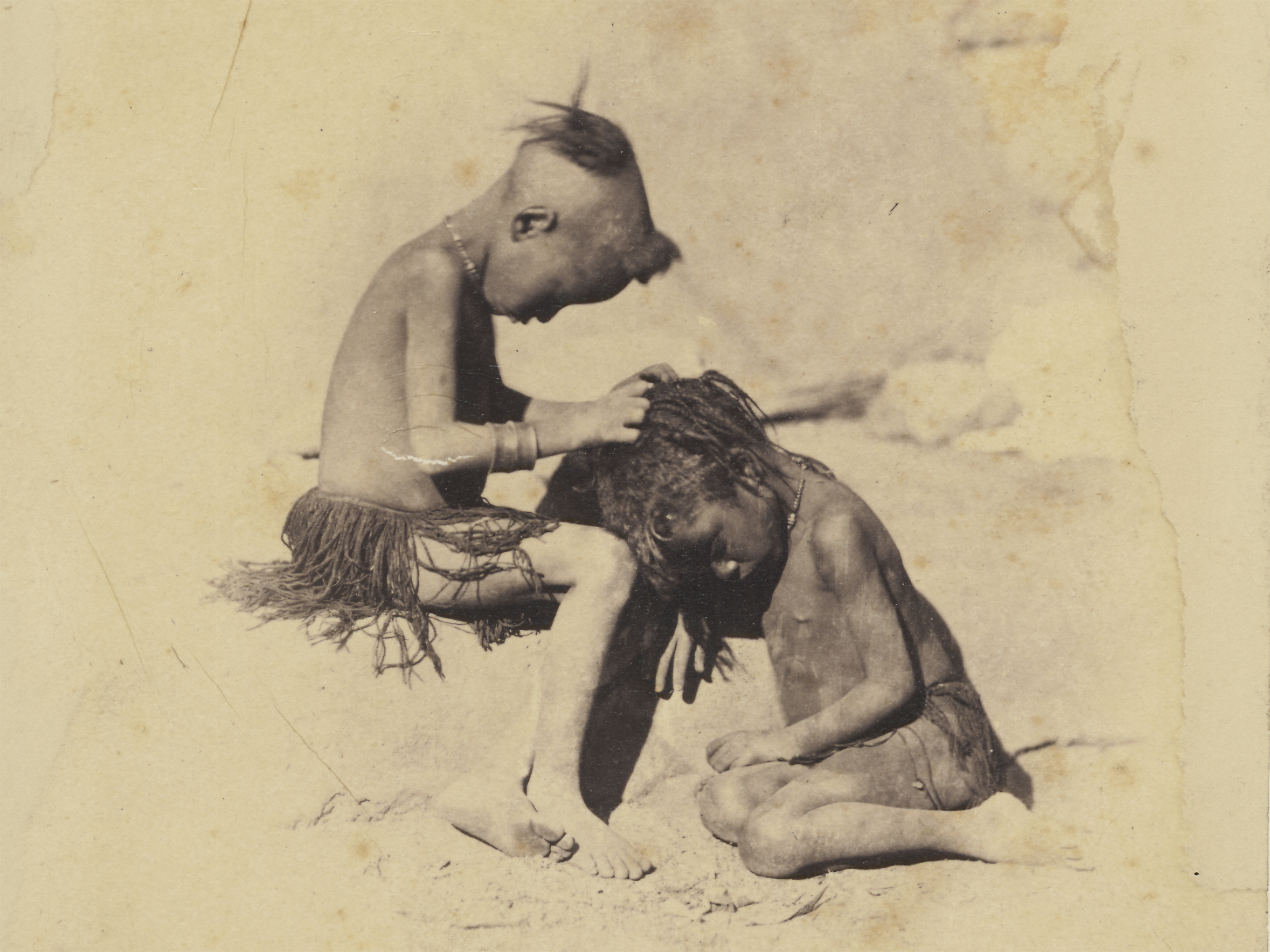
PK-F-2014-0001-002 -
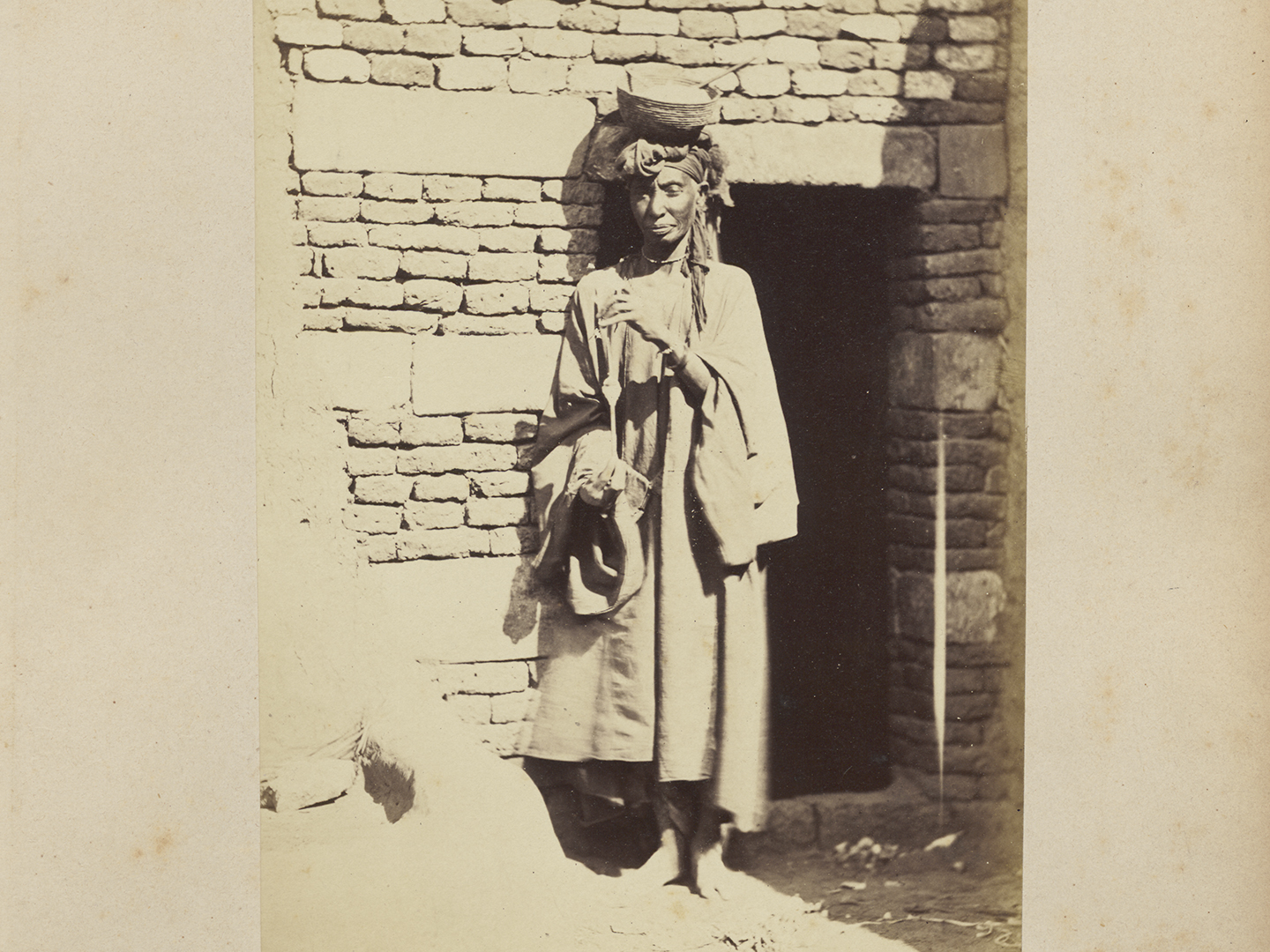
PK-F-2014-0001-005 -

PK-F-2024-0008a -
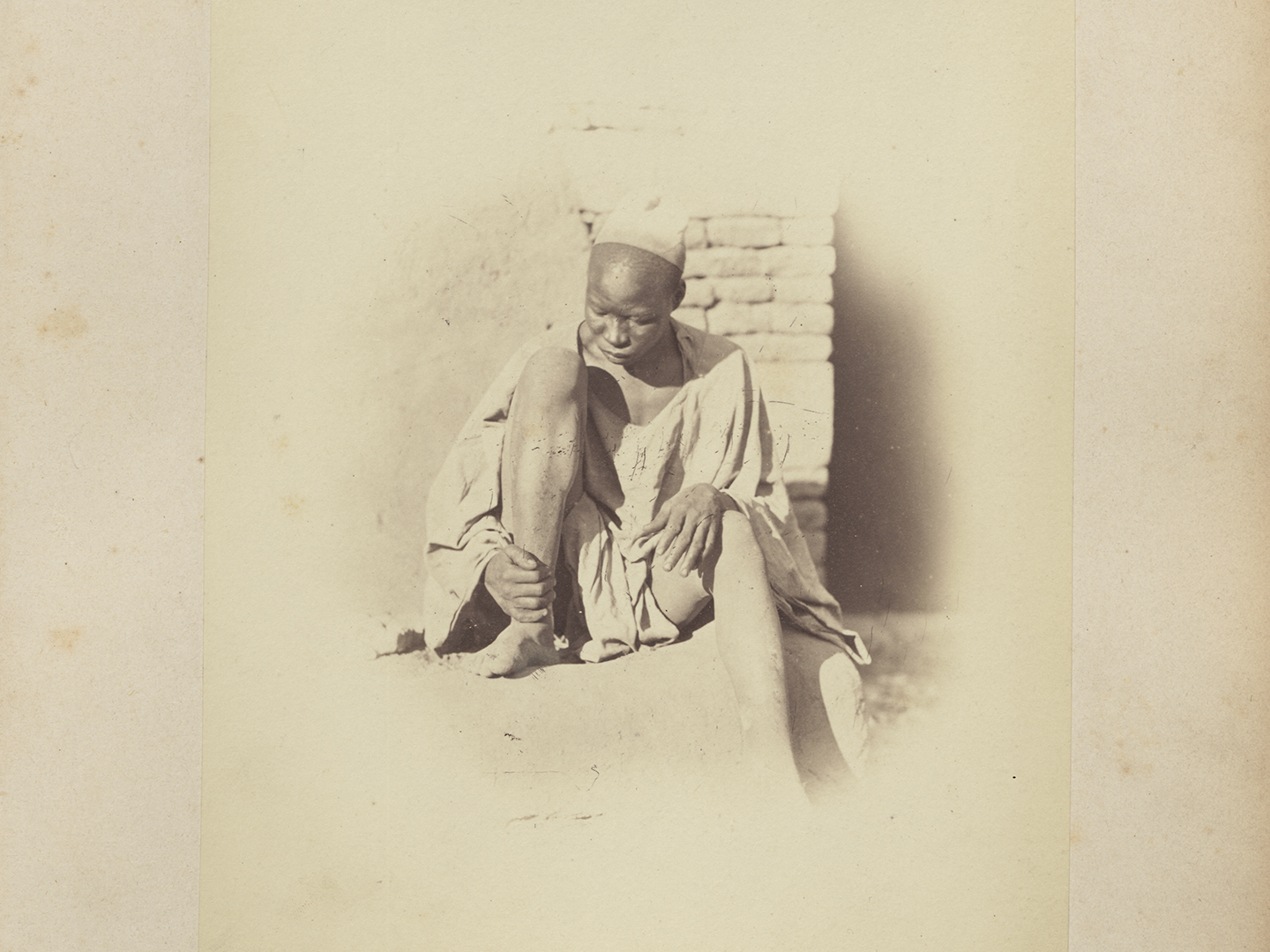
PK-F-2014-0001-004 -
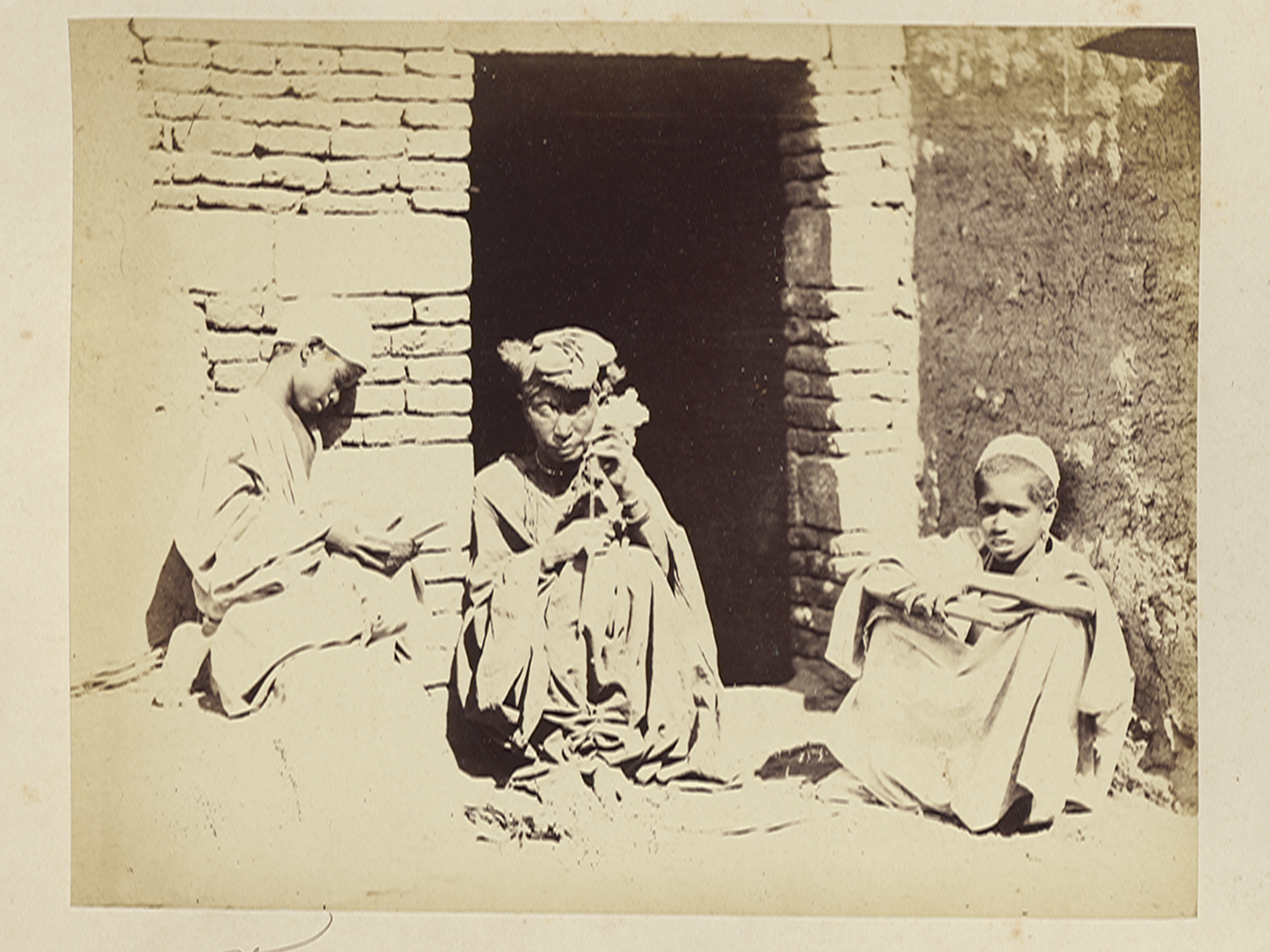
PK-F-2014-0001-006 -
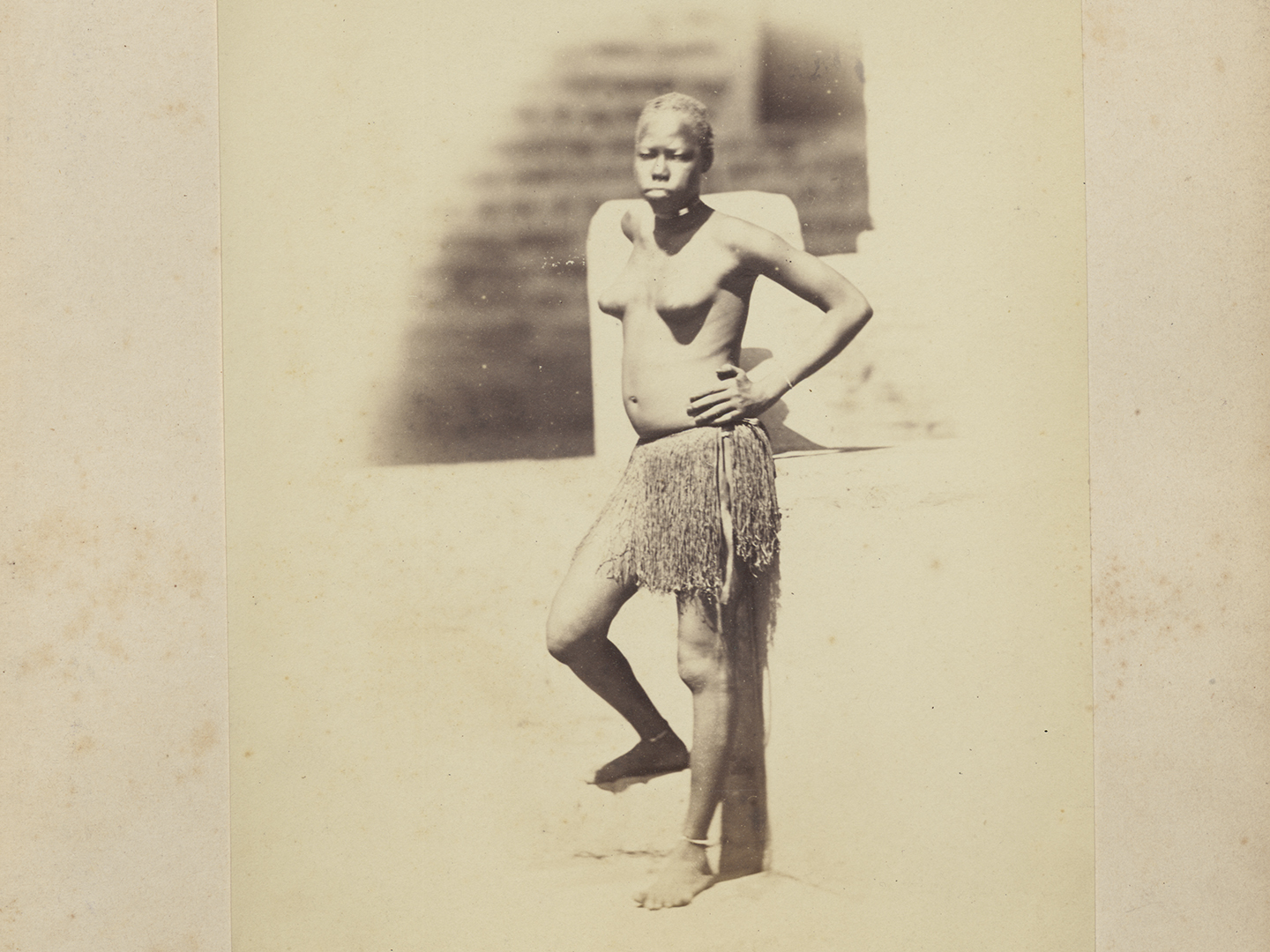
PK-F-2014-0001-007
"The photographs not only provide a unique glimpse into daily life in the heart of Africa in 1862, but also showcase the artistic and photographic skills of Alexine Tinne. Through the magic of photography, we find ourselves momentarily in the village of Gondokoro, looking through Tinne's lens into the eyes of a group of resting villagers in the warm afternoon sun. Our collection focuses particularly on the development of the photographic medium. It serves as a source of research for various historical disciplines. This photo series is a beautiful addition to the historical photo collections."
Maartje van den Heuvel, Curator for Photography
Extensive research
While letters and travel reports indicated that Alexine Tinne's expedition had taken her to Gondokoro, no photographs taken by her in the village were known until recently. The eighteen photographs that could now be acquired were discovered in recent decades by French photo historian Serge Kakou. Initially, Kakou could not identify the photographer, but an exhibition and publication about Alexine Tinne in 2010 set him on the trail of the Hague-based photographer. After extensive research in letters and travel reports and comparison of the photographs with wood engravings made from the prints for printed publications, Kakou provided evidence that the unique photos were indeed taken by Tinne.
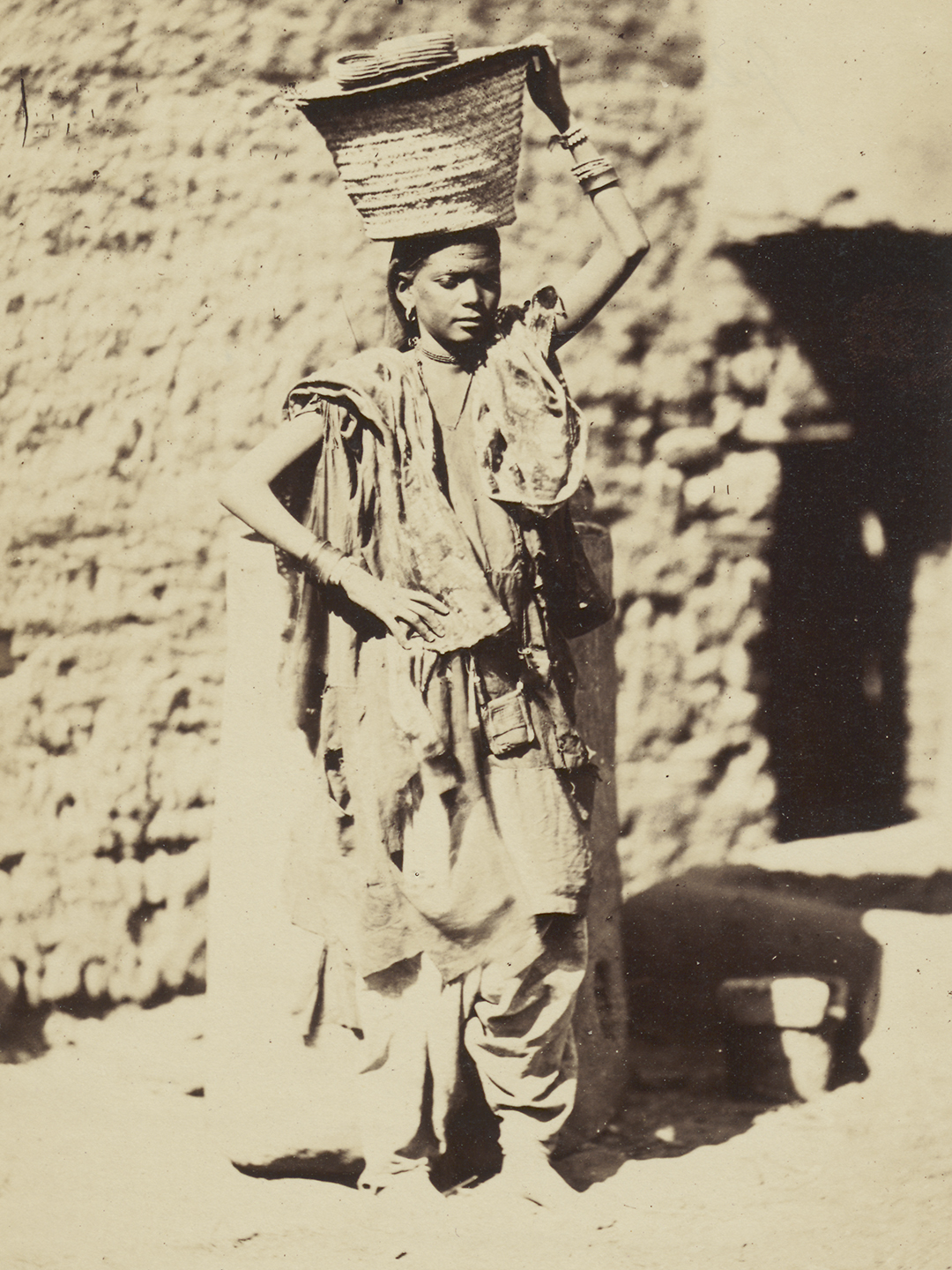
Open evening: viewing of Tinne's photographs
On Monday, 26 February, from 19:30 to 20:00, a special open evening will be held at the Leiden University Library for anyone interested in the eighteen recently acquired photographs of Africa created by Alexine Tinne. The unique prints will be available for public viewing for one time only, in the presence of Curator for photography Maartje van den Heuvel, who will be available to answer questions about the photos.
